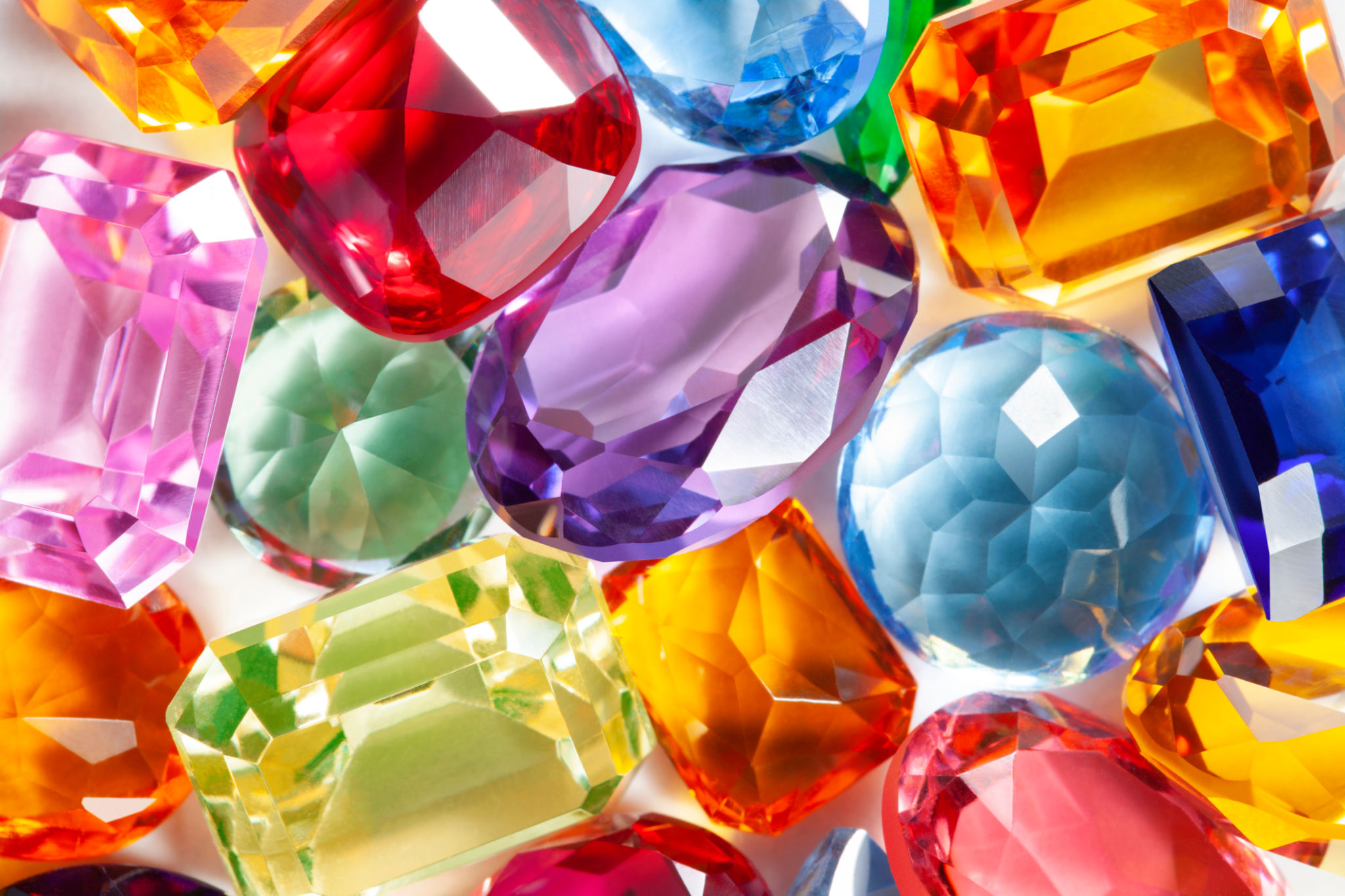Understanding Cultural Influences on Jewellery Design
The Intersection of Culture and Jewellery Design
Jewellery is not just about aesthetics; it’s a profound reflection of cultural heritage and personal identity. Different cultures have left their unique imprints on jewellery design, transforming simple ornaments into symbols of tradition, status, and spirituality. As we delve into the cultural influences on jewellery design, we discover the rich tapestry of human expression woven into every piece.
Cultural influences are evident in the materials used, the techniques employed, and the designs themselves. From the intricate filigree work of Indian artisans to the minimalist elegance of Scandinavian pieces, each culture brings its own flair and symbolism. Understanding these influences not only enhances our appreciation for jewellery but also connects us to global histories and traditions.

Materials: The Building Blocks of Cultural Identity
The choice of materials in jewellery design is often dictated by what is available locally, yet it also holds cultural significance. For instance, gold is revered in many cultures as a symbol of wealth and divine favor. In contrast, Native American tribes often use turquoise, which is believed to possess protective qualities. The materials chosen can reveal much about a culture's environment, values, and beliefs.
Moreover, the use of specific gemstones can carry symbolic meanings. In Chinese culture, jade is not only prized for its beauty but also as a symbol of purity and moral integrity. Similarly, pearls have been associated with wisdom and wealth in various cultures across the globe.

Techniques: Craftsmanship as Cultural Expression
Jewellery-making techniques are another area where cultural influences shine through. Techniques such as granulation and cloisonné have been passed down through generations, each carrying the signature of its cultural origin. For example, the ancient Egyptians mastered the art of inlaying stones and enameling to create stunningly detailed pieces that still inspire modern designers.
In contrast, Japanese jewellery often reflects delicate craftsmanship with techniques like mokume-gane, which creates a wood-grain effect in metal. These techniques not only serve functional purposes but also convey cultural narratives and preserve historical artistry.

Designs: Symbols and Stories
The designs in jewellery can serve as visual narratives that tell stories or convey cultural myths. For instance, Celtic knot designs symbolize eternity and interconnectedness, while African Maasai beadwork often represents social status or life milestones. These designs are more than decorative; they are carriers of history and cultural identity.
Symbols like the lotus flower in Indian jewellery or the ankh in Egyptian adornments speak volumes about cultural beliefs and values. By understanding these symbols, one gains insight into the philosophies and traditions that have shaped societies.

The Global Influence and Modern Adaptations
As cultures interact and blend in our increasingly globalized world, so too do their jewellery traditions. Modern designers often draw inspiration from multiple cultures, creating pieces that celebrate diversity and innovation. This fusion has led to new trends that reflect a shared global heritage while respecting individual cultural nuances.
However, it’s important to approach cultural influences with sensitivity and respect. Designers must be mindful of cultural appropriation, ensuring that borrowing from another culture is done with understanding and acknowledgment of its significance.

In conclusion, jewellery design is a fascinating canvas where culture is both preserved and expressed. Each piece tells a story, offering a glimpse into the values, history, and artistry of the people who created it. By appreciating these cultural influences, we not only celebrate diversity but also deepen our connection to the world around us.
